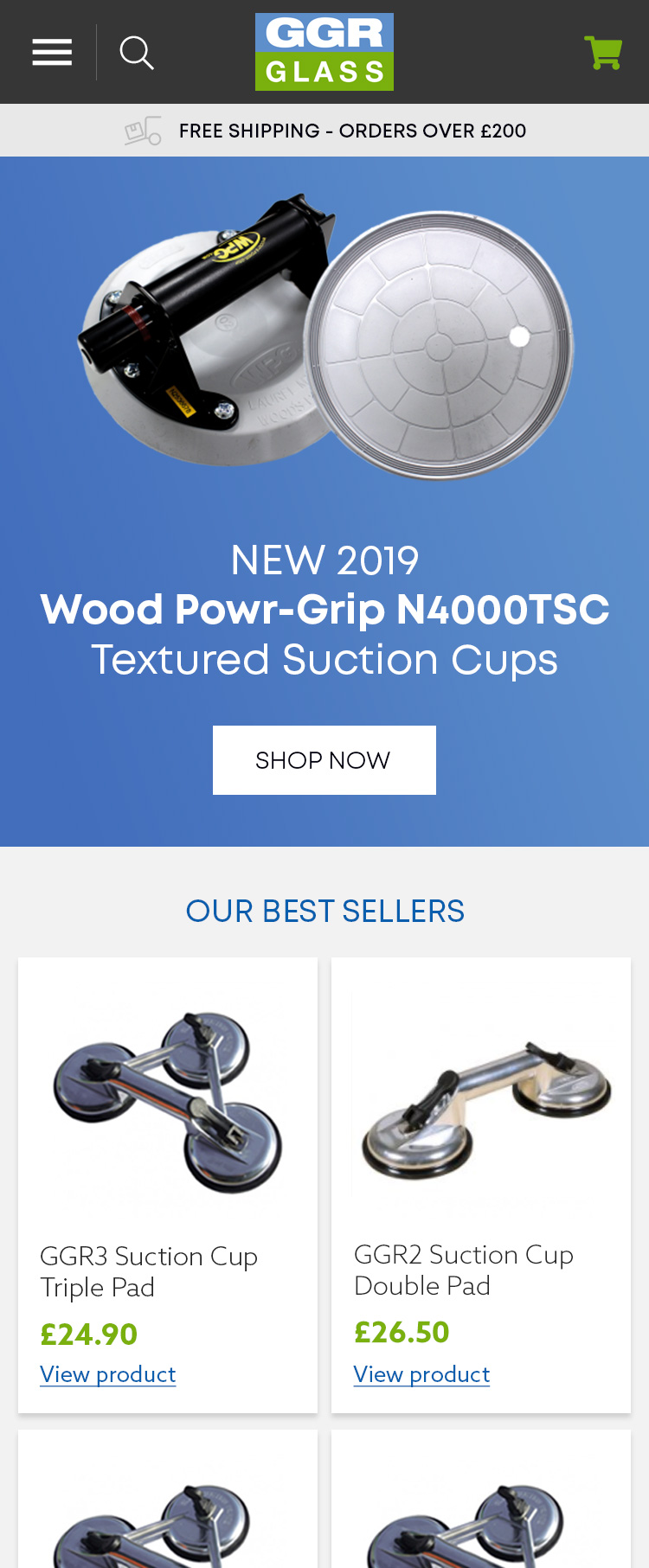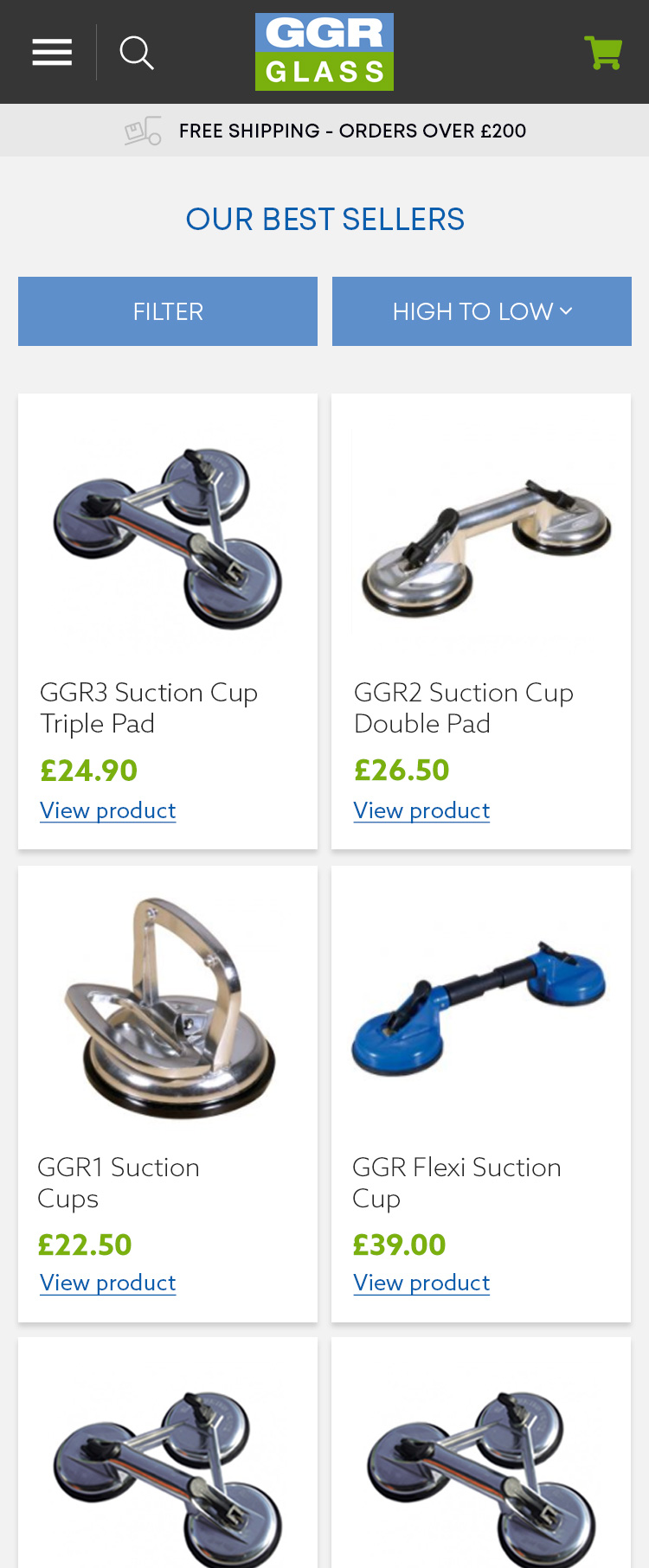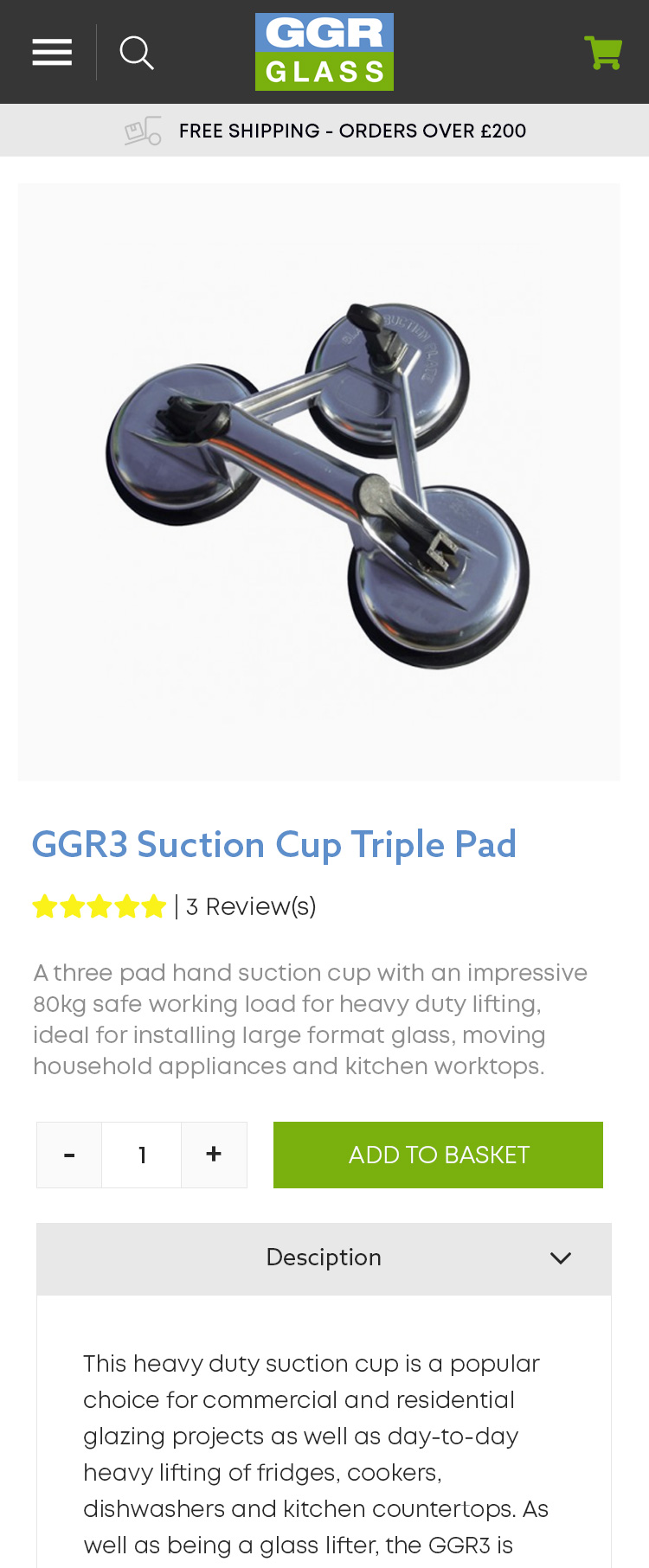User Experience & User Interaction.
Web design is not just about how good something looks, but how well it performs and functions from a UX and UI design perspective.
UX may seem like a ‘techie’ term and jargon to some, but it stands for User Experience, so is a constant consideration throughout the design phase of any project. It focuses on how the user will interact with the design and the functionality and looks at the most effective way to style and place elements to ensure the highest quality interaction between a user and the webpage and the impression they take away from the experience with your online brand as a whole.
UI goes hand in hand with UX to ensure the user’s interaction with the actionable elements on the site are as simple and efficient as possible. It focuses on anticipating what users might want to do and ensuring that the interface has elements in place that are easy to access, understand, and use, to facilitate those actions.





